Description
‘Patoladi gana’ is a group of drugs that bestows mild laxation while simultaneously enhancing liver health and performance. The liver is the seat of metabolism. Efficient hepatic function is the key to robust health and metabolism. Patoladi Ghrita, infused with the therapeutic qualities of Patoladi Gana, pacifies vitiated Pitta in the body, at the same encouraging tissue repair and healing.
Aggravated Pitta manifests as heat, viscidity and eruptions on the skin. It is responsible for hypersensitivity of the skin and an irritated bowel. Controlled therapeutic purgation is the best treatment for deranged Pitta in the body.
Features and benefits of Patoladi Ghrita –
- Patoladi Ghrita is an aqueous extract of Patola (Tricosanthes dioica), Triphala (Embilica officinalis, Terminalia chebula, Terminalia bellirica), Arishta (Azhadiracta indica), Karanja (Pongamia glabra), Guduchi (Tinosporia cordifolia), Dhavani (Solanum indicum), Vrsha (Adathoda vasica).
- It bestows good laxation. Cleanses the gut and restores electrolyte balance in the body.
- It relieves constipation and edema. Patoladi Ghrita supports treatment of fluid collection in body spaces. For e.g. Ascites.
- It corrects impaired liver function. It rectifies metabolic pathways. It breaks down and expels ‘ama’ or accumulated metabolic toxins from the body.
- Patoladi Ghrita extensively used in managing of Metabolic syndrome and associated obesity.
- It purifies blood. Improves skin health. Helps in the management of acute and chronic skin diseases.
Adult: 15-20 ml of Patoladi Ghrita mixed with 45-60 ml of boiled and cooled water, twice daily on an empty stomach.
Child: 10-15 ml of Patoladi Ghrita mixed with 30-45 ml of boiled and cooled water, twice daily on an empty stomach.
Key ingredients and their features:
PATOLA (Trichosanthus dioica)
Patola has antiallergic and anti-inflammatory action. The various chemical constituents present in the plant shows anti-inflammatory activity. Patola is very useful in skin diseases by its anti-inflammatory and anti-histamine activity.
KATUROHINI (Picrorhiza kurroa)
Commonly known as Katuki. It is used to treat skin conditions including eczema and vitiligo, a disorder that causes white patches on the skin. It is considered to be an important detoxifying or liver degenerating herb. Consumed with either warm water or ghee, it can naturally protect the body from seasonal dangers. You can also try adding powdered Katuki to your meals to boost your health.
HAREETHAKI (Terminalia chebula)
Popularly known as Indian walnut for its innumerable benefits or Indian hog plum in English, it is extremely valuable for its role in improving hair health. It is useful for treating scalp infections like dandruff, itching and hair fall. It also strengthens them from the roots, prevents breakage and loss of hair and bestows silky soft, smooth hair. Chebulic Myrobalan is one of the three key ingredients in Triphala, a natural compound that provides overall support for digestive function and helps ensure that the digestive tract works at optimal levels. The Ayurvedic Pharmacopoeia of India has documented the use of the powdered herb in intermittent fevers and chronic fevers, anaemia and polyuria. Chebulic Myrobalan can also be used to treat gastrointestinal and respiratory disorders.
AMALAKI (Emblica officinal)
Commonly known as the Indian gooseberry, Amlaki is high in Vitamin C and natural antioxidants known as flavonoids and polyphenols. When used for hair treatments, it is found to strengthen and condition follicles down to the roots. Amla oil can promote hair growth, reduce dandruff, and prevent the graying of hair.
VIBHITHAKI (Terminalia Bellerica )
Known as beach almonds or Bedda nut tree, it is rich in Vitamin C, and other antioxidants that nourish the hair roots. Bibhitaki helps in making the roots of the hair stronger, minimizing hair fall and preventing premature greying of hair strands.
PIPPALI (Piper longum)
Pippali is known as “Tridoshic” herb as it suits all body types. Thus regular consumption of pippali in suggested quantity can help you to immune your body to quite an extent. Pippali has Anti-microbial, Anti-inflammatory activity. Consumption of pippali is said to exhibit antispasmodic action and hypoglycaemic effect, which is believed to lower blood sugar level. It is also reported to be the antagonist in respiratory depression. Also, due to its cooling post-digestive effect, consumption of pippali is considered as a safe and effective option to avoid all sorts of digestive disorders.
VASAKA (Adathoda vasika)
Vasaka herb is used for treating cold, cough, chronic bronchitis and asthma. In acute stages of bronchitis, Vasaka gives unfailing relief, especially where the sputum is thick and sticky. It liquefies the sputum so that it is brought up more easily. For relief in asthma, the dried leaves should be smoked. The juice from its leaves should be given in doses of 2 to 4 grams in treating diarrhea and dysentery.
BRAHMI (Bacopi monnieri)
Brahmi is used for Alzheimer’s disease, improving memory, anxiety, attention deficit-hyperactivity disorder (ADHD), allergic conditions, irritable bowel syndrome, and as a general tonic to fight stress. It’s a common habit of eating Brahmi leaves for school-going children. Since the liver is the biggest agent of detoxification of the body, the compounds in Brahmi benefits the liver in this aspect. It helps by aiding the liver in its conversion of toxins into harmless ones and waste products.
AGNIMANTHA (Premna integrefolia)
The extracts of Agnimantha play a vital role in improving skin glow and texture. It prevents dark circles, blemishes, breakouts, scars left after the healing of acne, suntans, and various signs of aging and provides a natural radiance to the skin.
MUSTHA (Cyperus rotundus)
Mustha helps improve digestion due to its Deepan and Pachan properties if taken in the recommended dosage. Mustha oil is an effective home remedy for managing stomach disorders due to its antispasmodic and carminative properties.
KUTAJA (Hollerhena antidysentrica)
Prominent benefit in managing diarrhea and dysentery due to its antimicrobial activity. It is also useful for managing bleeding piles due to its astringent property. Take Kutaja powder along with water after having light food to manage diarrhea and dysentery. Washing wounds with Kutaja water helps in faster wound healing due to its Ropana (healing) property.
CHANDANA (Santalum album)
Sandalwood or Svetchandan is also known as Srigandha as per Ayurveda. It is one of the oldest and most precious sources of natural fragrance with immense medicinal and commercial significance. Sandalwood oil has various benefits for the skin. The topical application of sandalwood oil on the face helps promote skin cell growth. Generally, it is considered the best remedy for headaches when applied in the form of paste or oil. Inhalation of Sandalwood oil also helps to manage respiratory infections that work by reducing the inflammation in the lung airways due to its anti-inflammatory property.


 Sign In
Sign In Cart
Cart 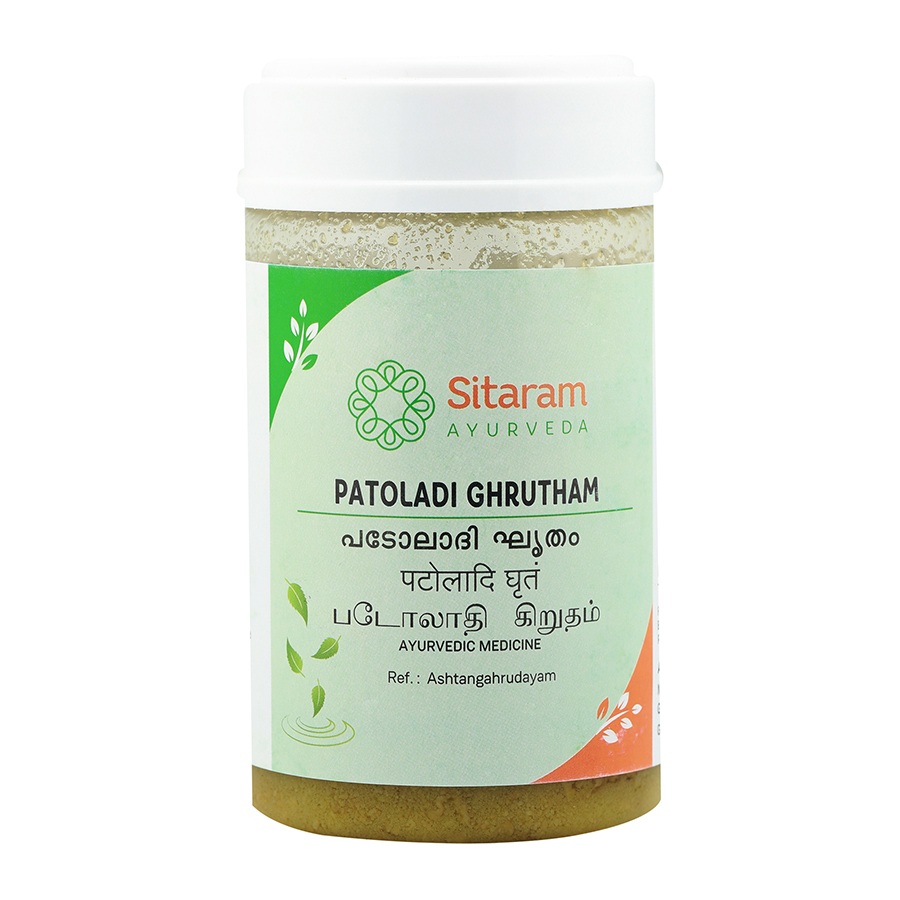
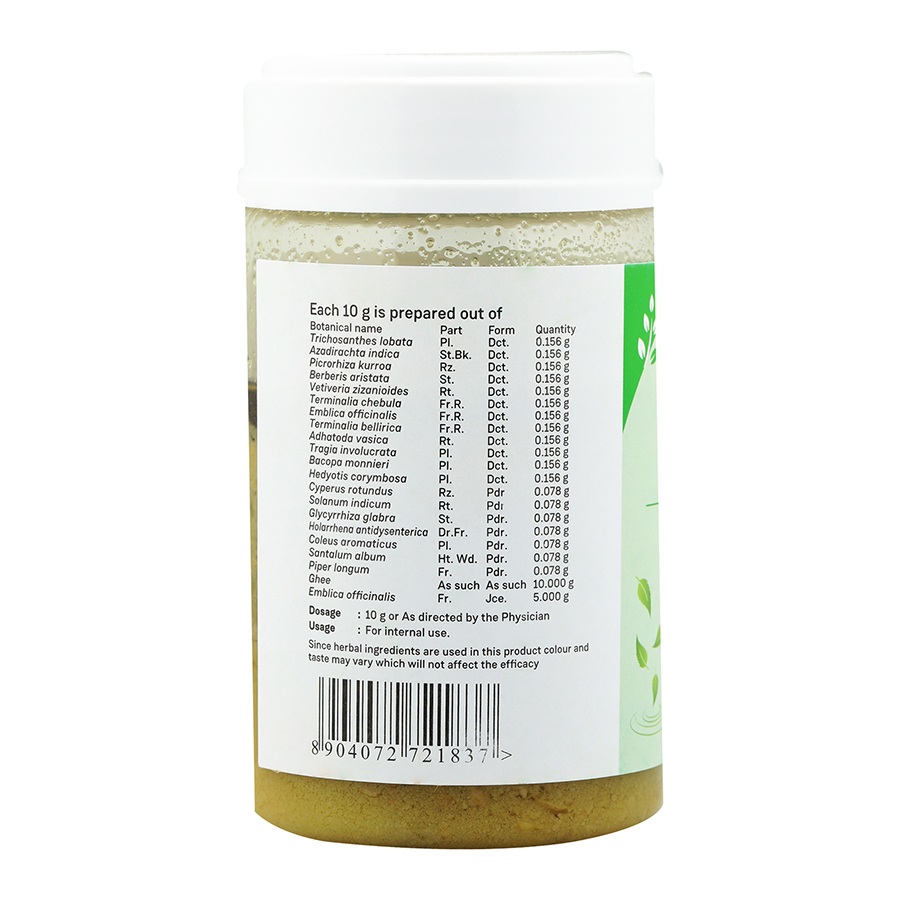
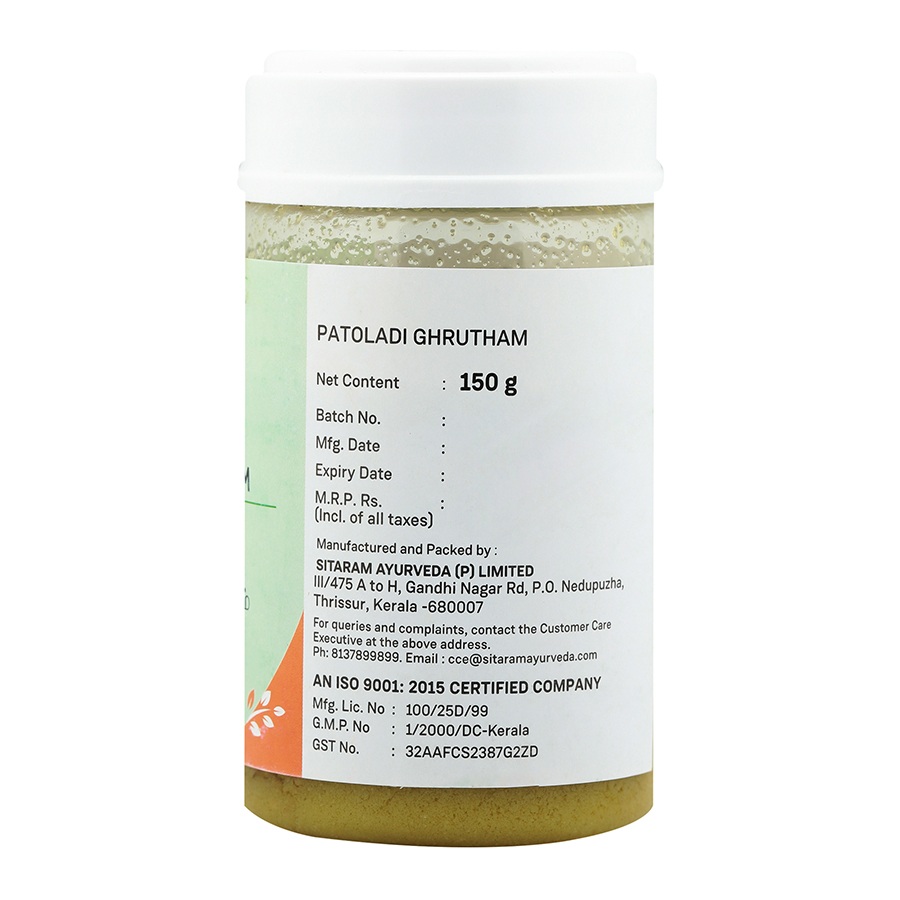
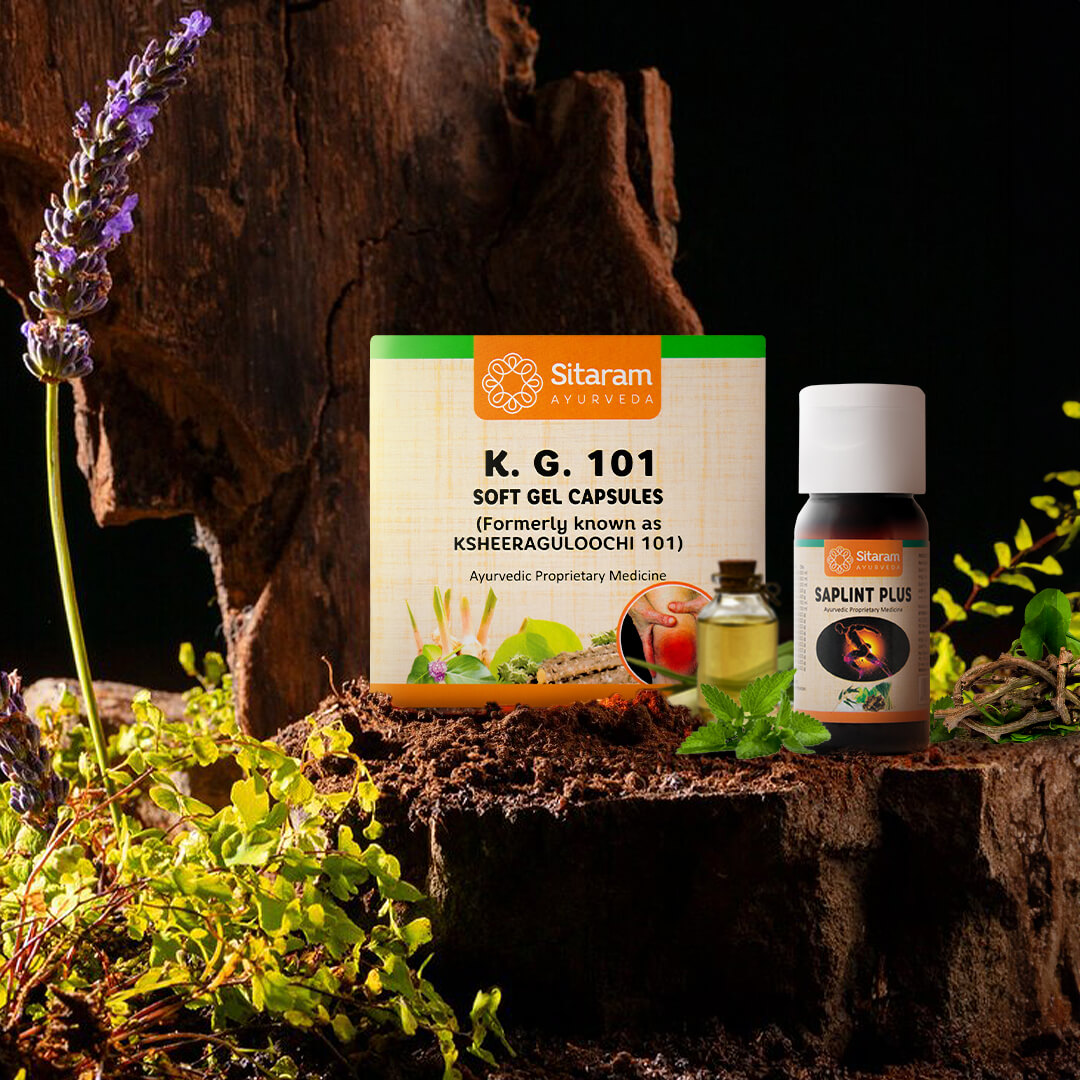
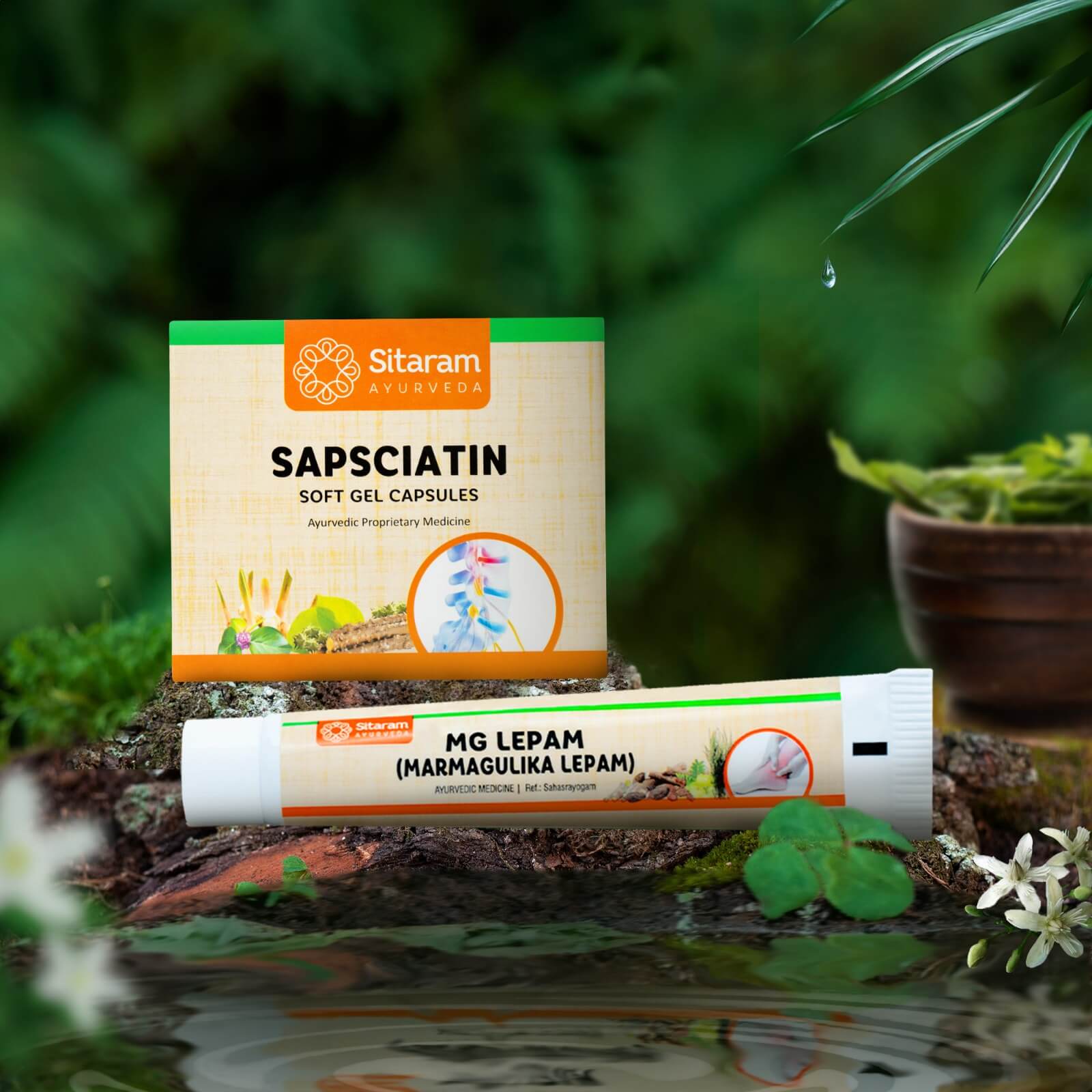
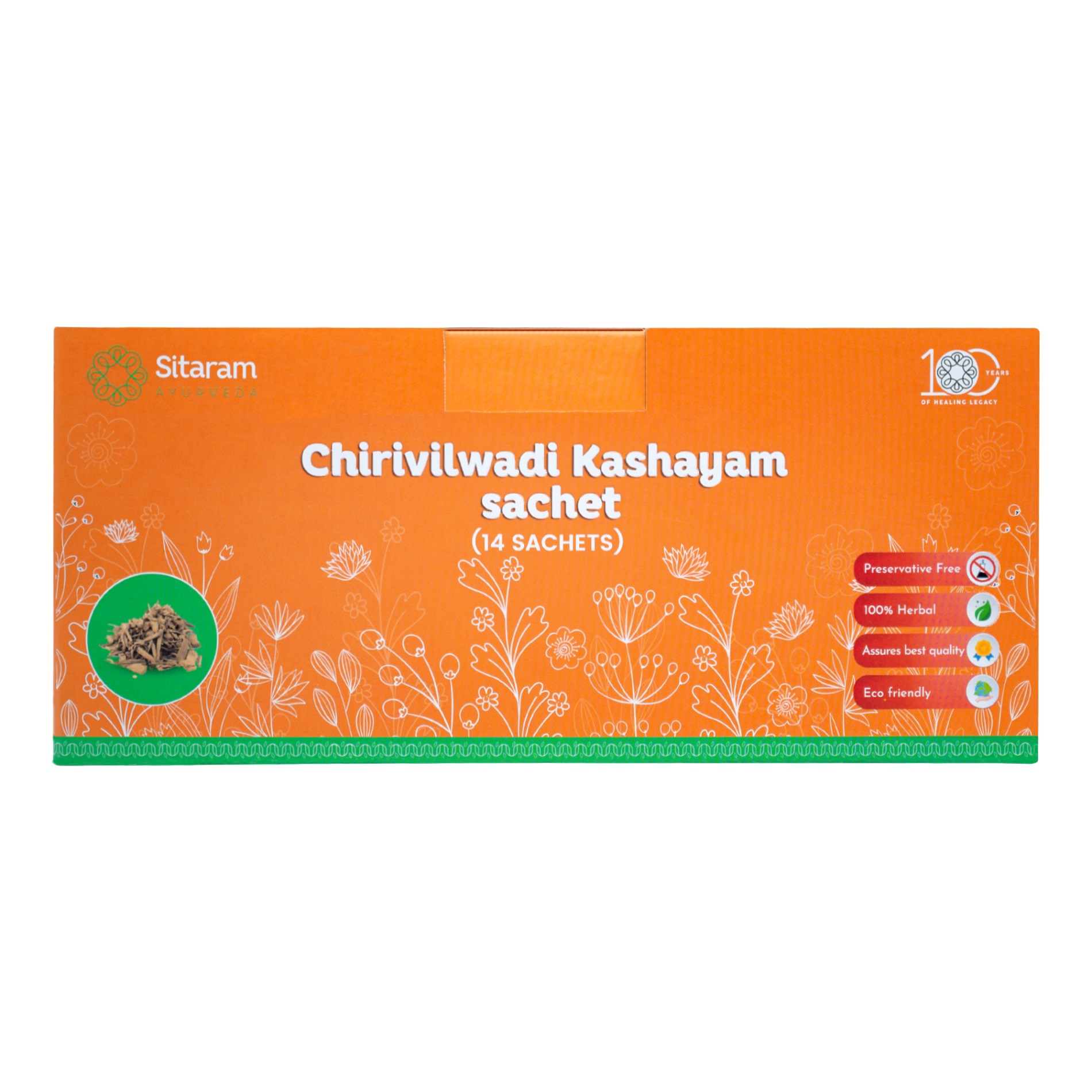
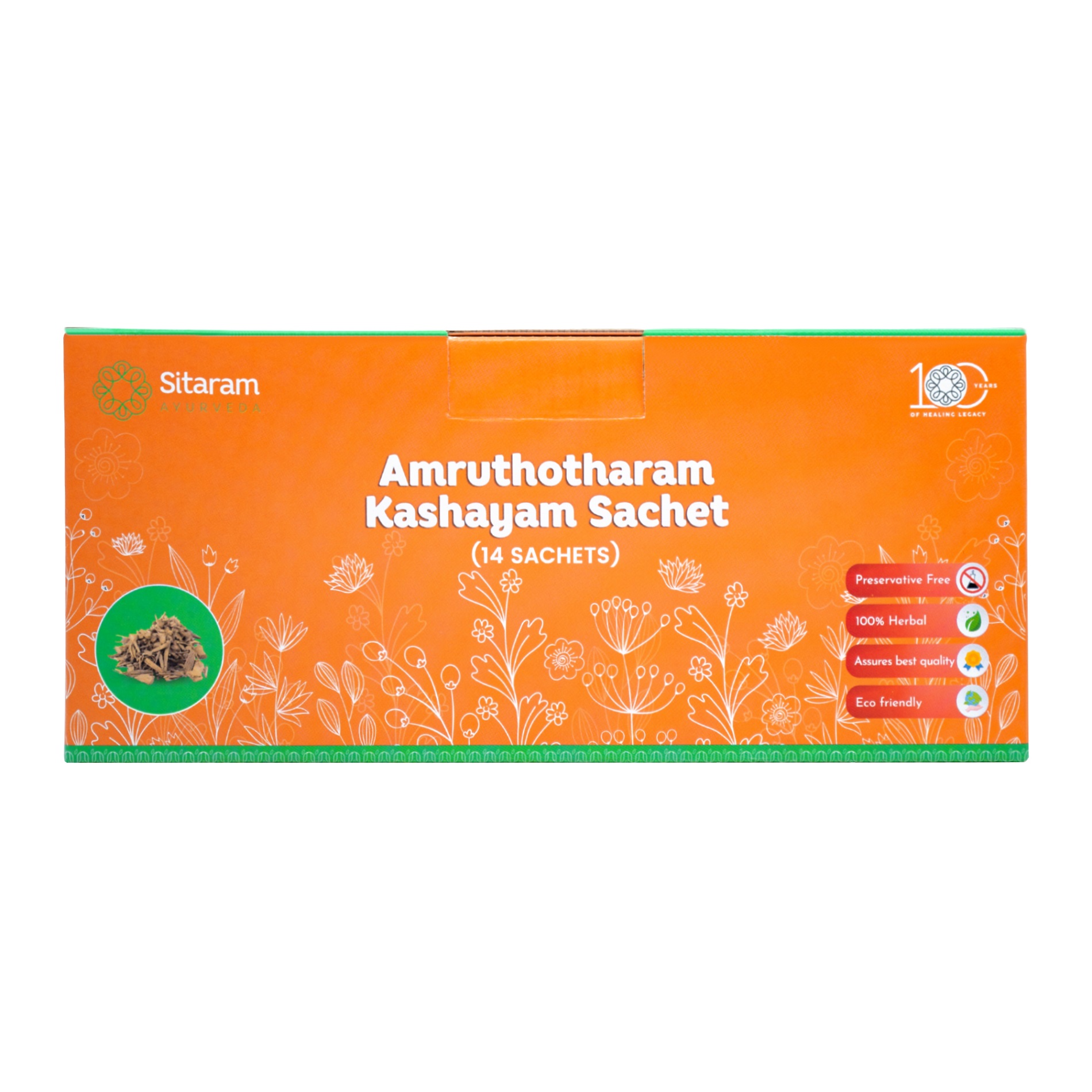
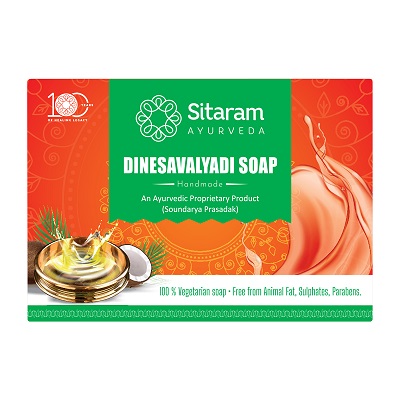
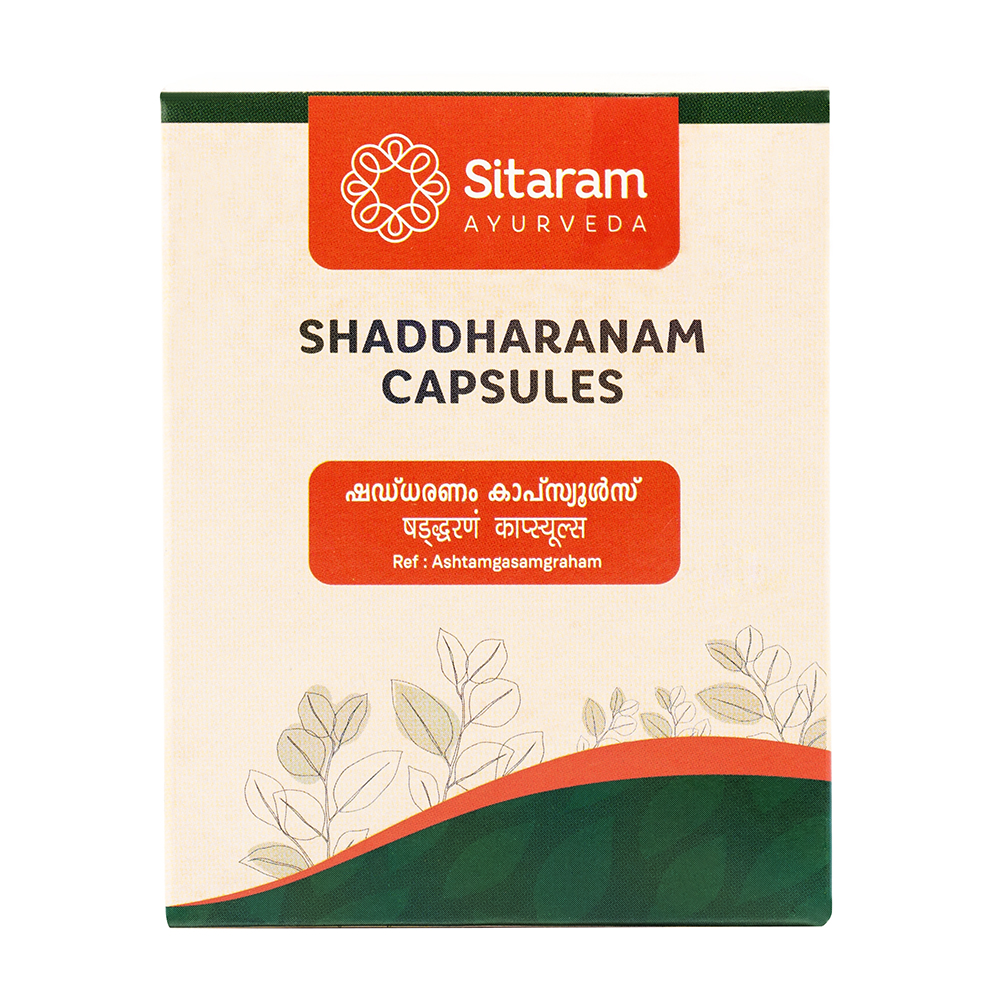
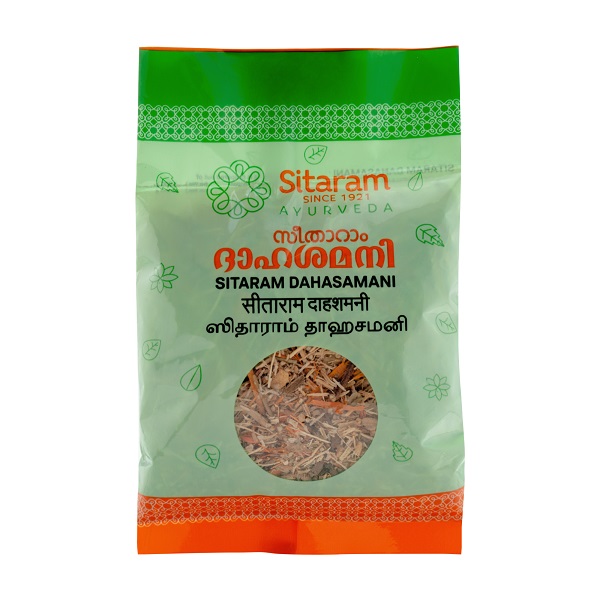
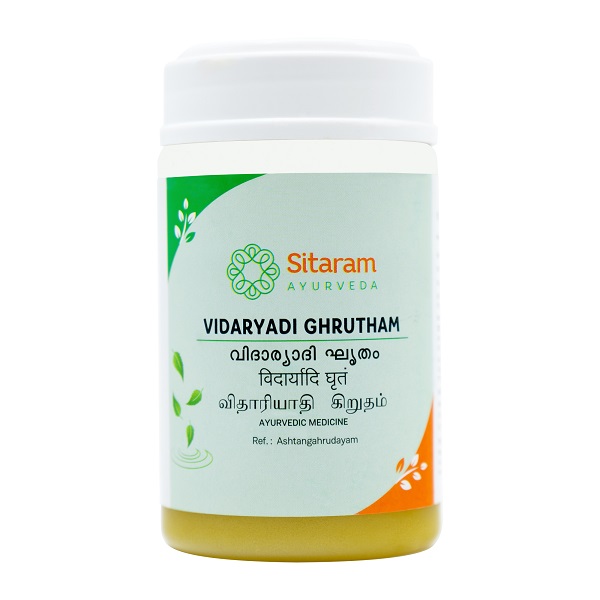
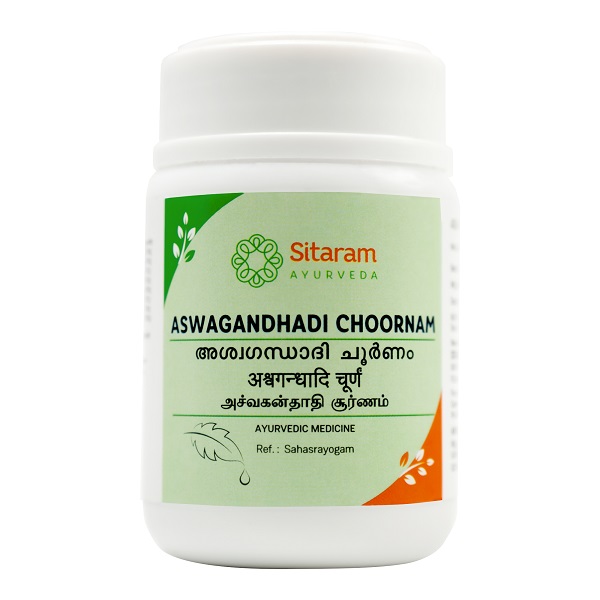
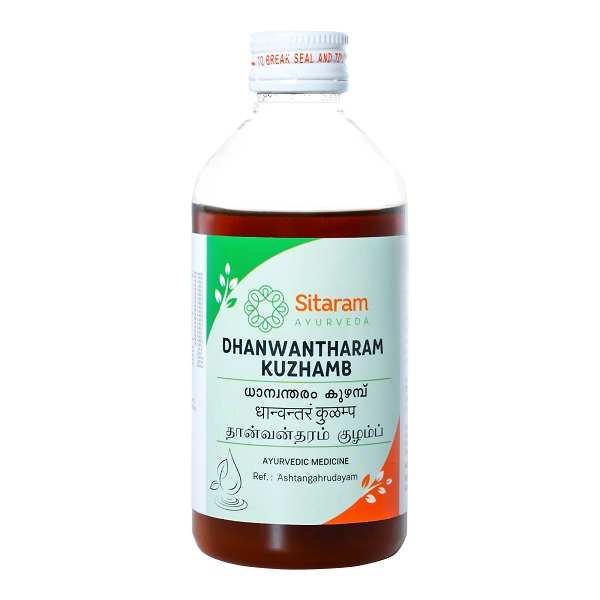
Reviews
There are no reviews yet.